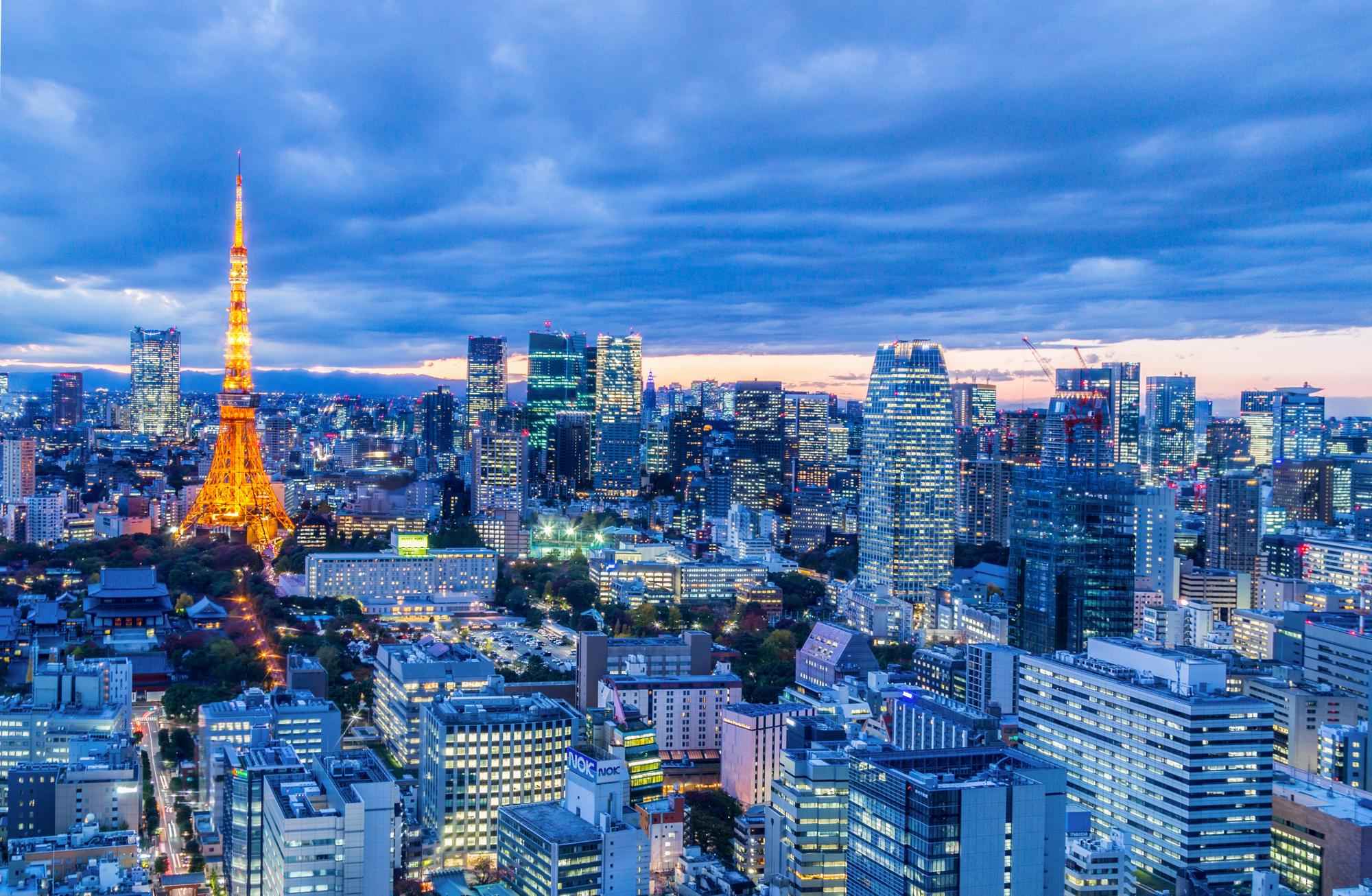It was in 2001 when my friend, Chikako Sakamoto, paid ¥9.8 million for a six-tatami-mat apartment in Tokyo's central Minato Ward. The apartment was inside a 長期滞在者用 (chōki taizaisha-yō, long term resident's) wing of an old hotel in Roppongi, with a very low ceiling and no kitchen. Chikako was 32 and single — she said her down payment consisted of her entire 貯金 (chokin, savings) and this was her 大博打 (ōbakuchi, big gamble) to strike out in the world of the rich and privileged.
A week after she moved in, Chikako threw a party and the people assembled — there were six of us crammed into that tiny sliver of space — all congratulated her on being able to afford actual 不動産 (fudōsan, real estate) in Minato Ward, famously known for being so expensive that only embassy people and corporate-sponsored expats could possibly afford the rents or the ¥380 lettuce sold at National Azabu Supermarket — ナショナル (Nashonaru, National), as it's referred to by the locals. Chikako started shopping at ナショナル, while sometimes bicycling over to Aoyama Kinokuniya on the 国道 246 (kokudō niyonroku, national highway No. 246), marveling at items like 本物のベーグル (honmono no bēguru, real bagels), 生ハム (namahamu, prosciutto) and Lay's Potato Chips, which in those days were an exotic novelty.
On that day, Chikako seemed wildly happy, though she was a bit apprehensive about Minato Ward's super high 住民税 (jūminzei, inhabitant tax), and the fact she would have to 外食する (gaishoku suru, eat out) most of the time and carry her clothes to the nearest laundromat, which was a 15-minute walk away. Still, she had become that fashionable 港区民 (Minato-kumin, resident of Minato Ward).



